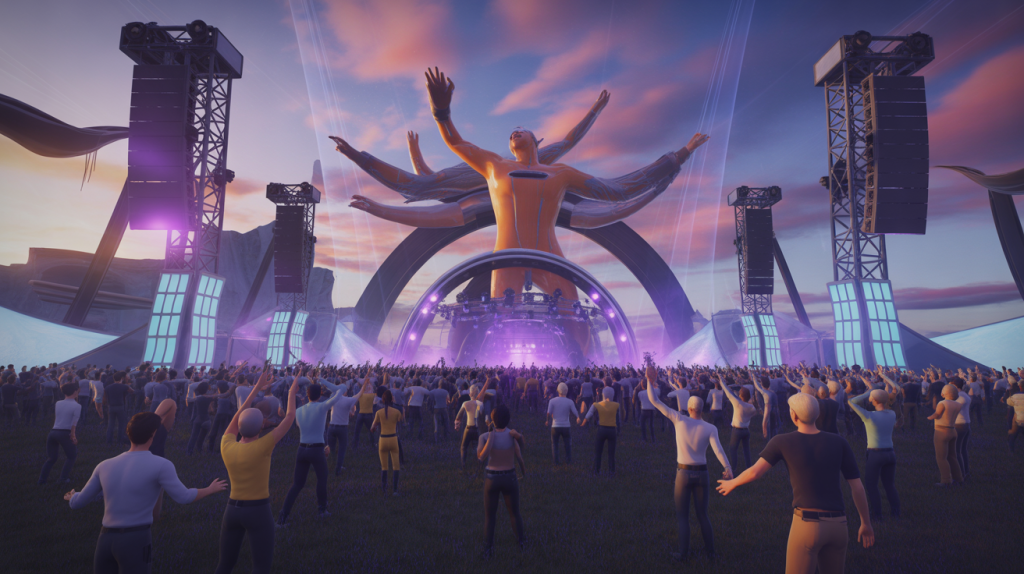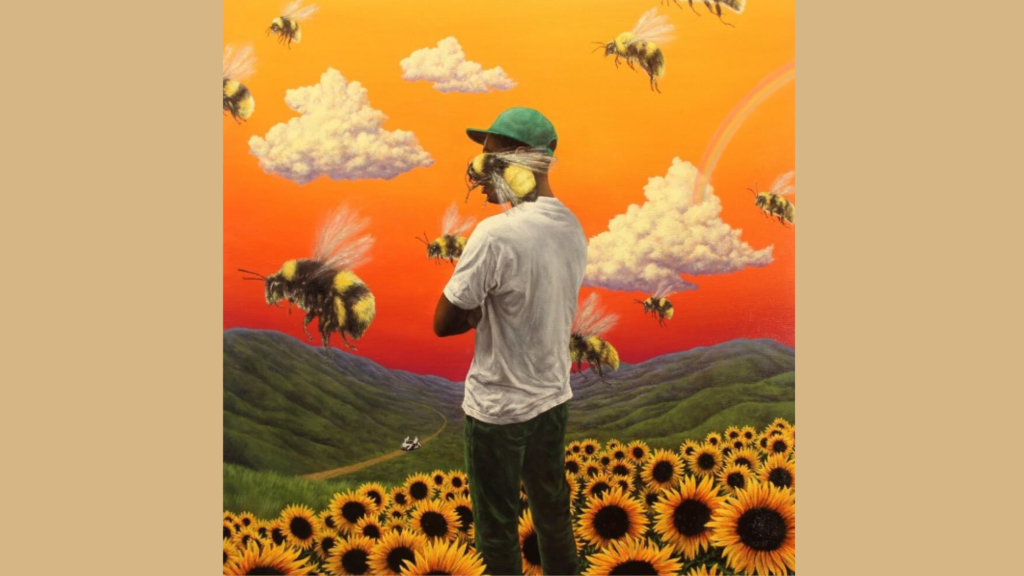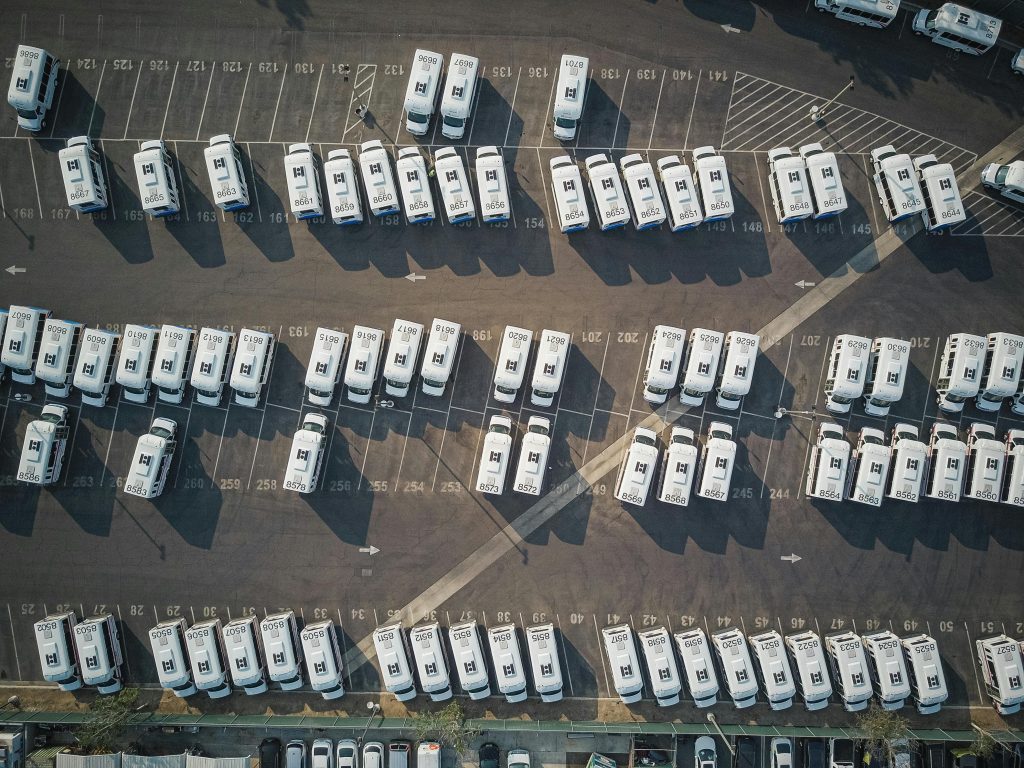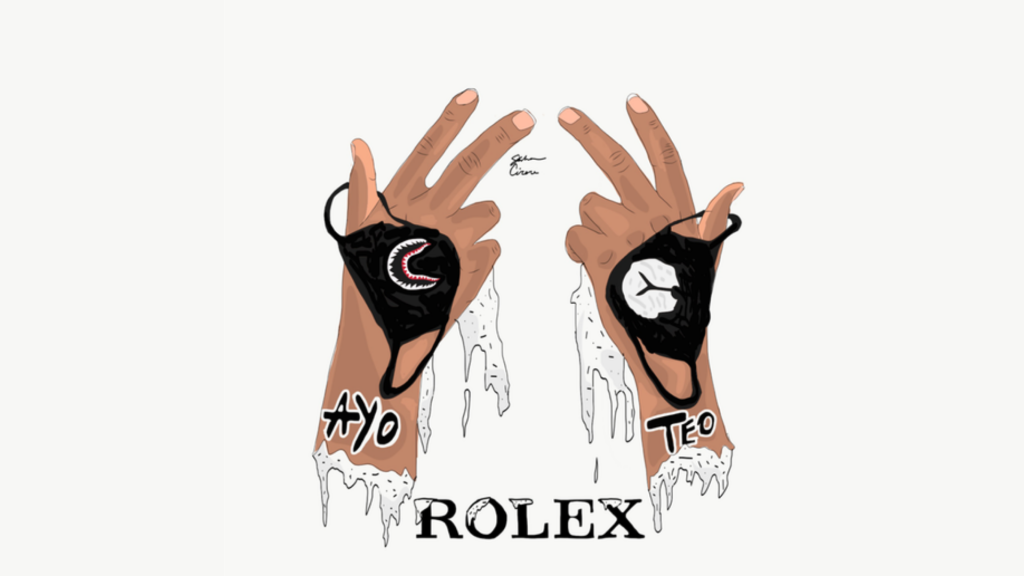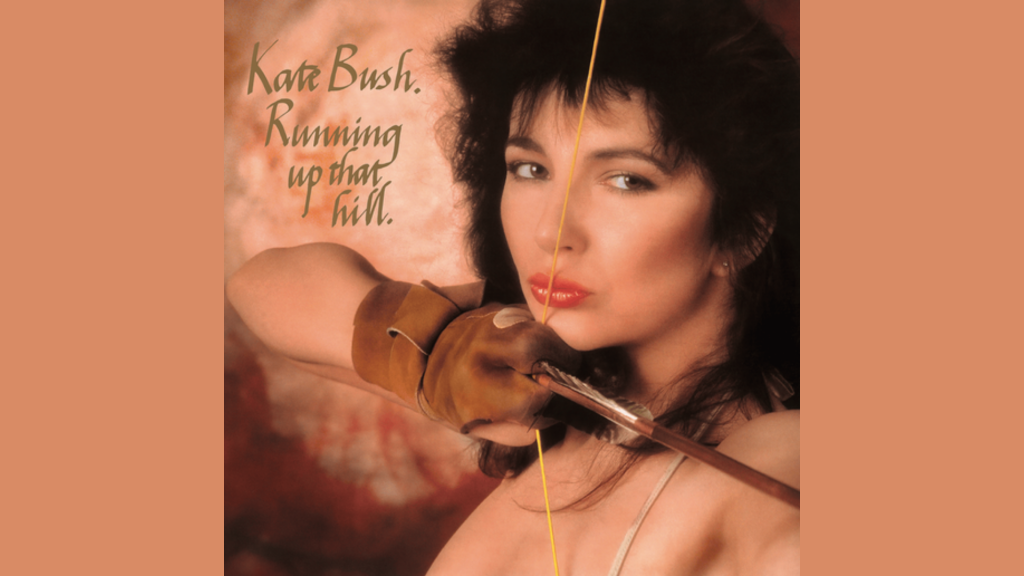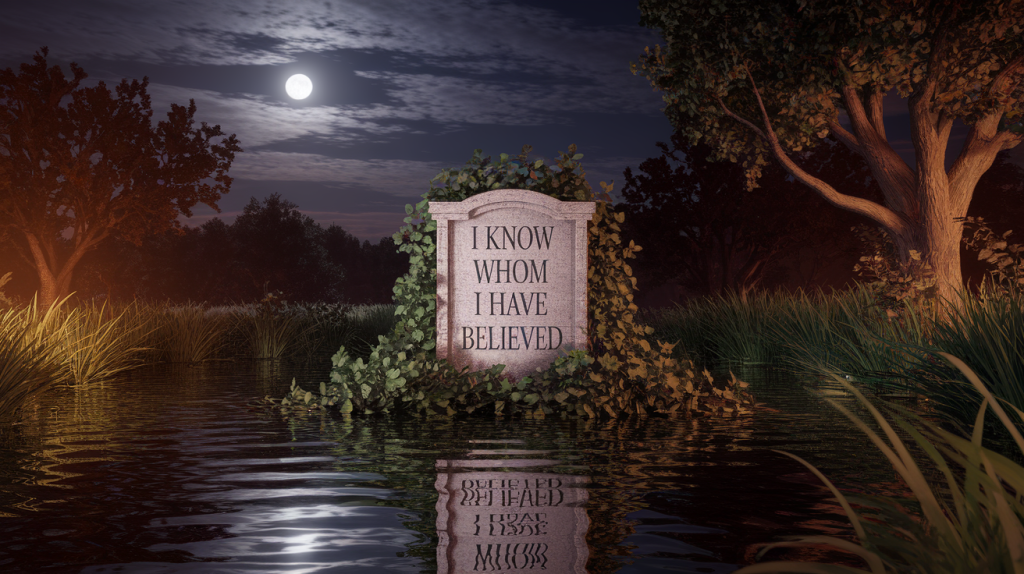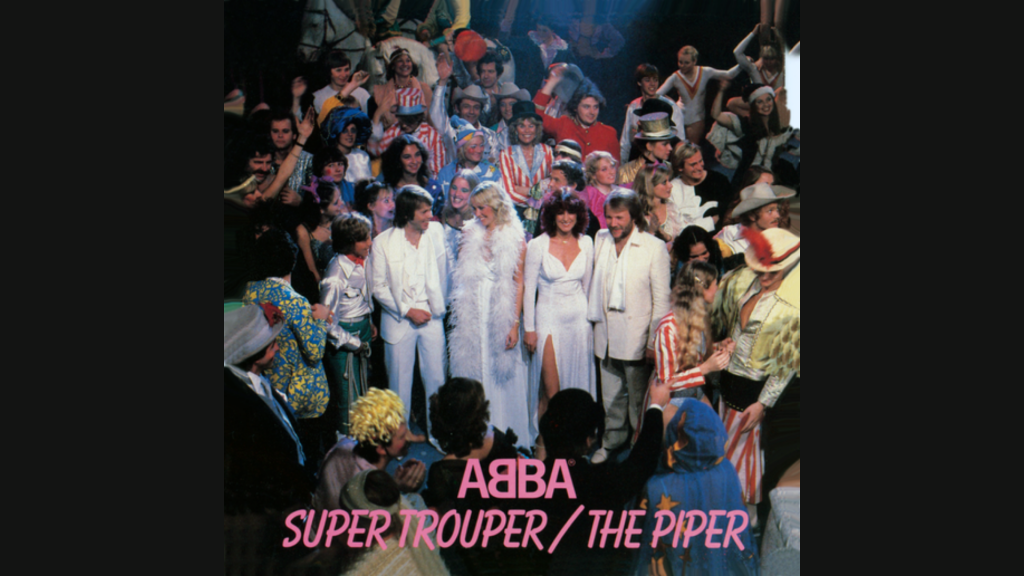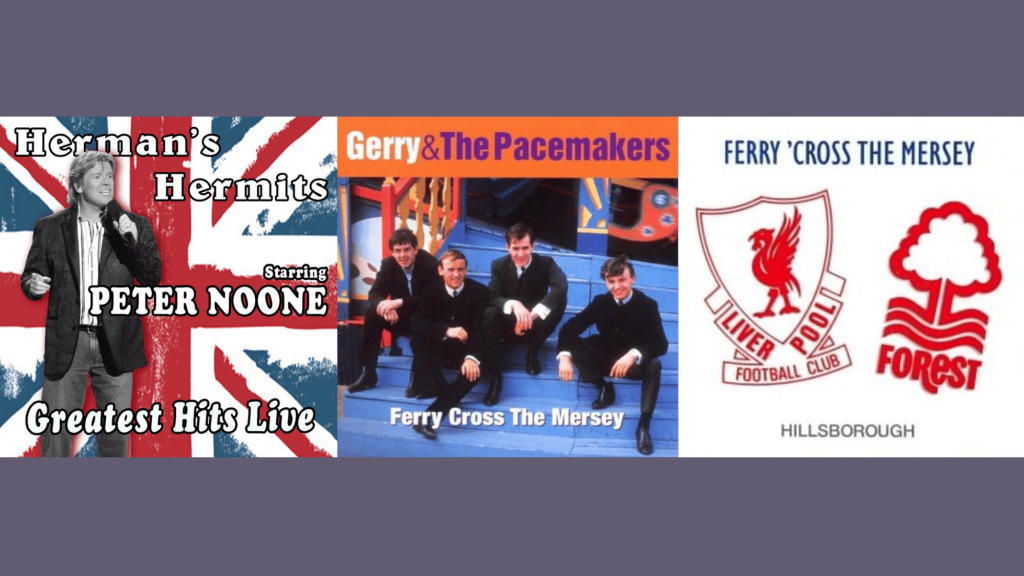Source: Unsplash
Not too long ago, the idea of attending a live concert inside a video game might have sounded like something out of a sci-fi movie. Fast forward to now, and millions of fans are logging in to games like Fortnite and Roblox to catch performances by real-world artists, right from their digital avatars. The virtual concerts presented by Travis Scott in Fortnite and Lil Nas X in Roblox surpass the one-time occurrence to mark the advancement of the gaming and music relationship. This article examines virtual concert developments in games which are revitalizing the entertainment industry while analyzing how artists and supporters embrace this pattern and what technologies will shape upcoming virtual music performances.
Gaming Platforms as the New Concert Venues
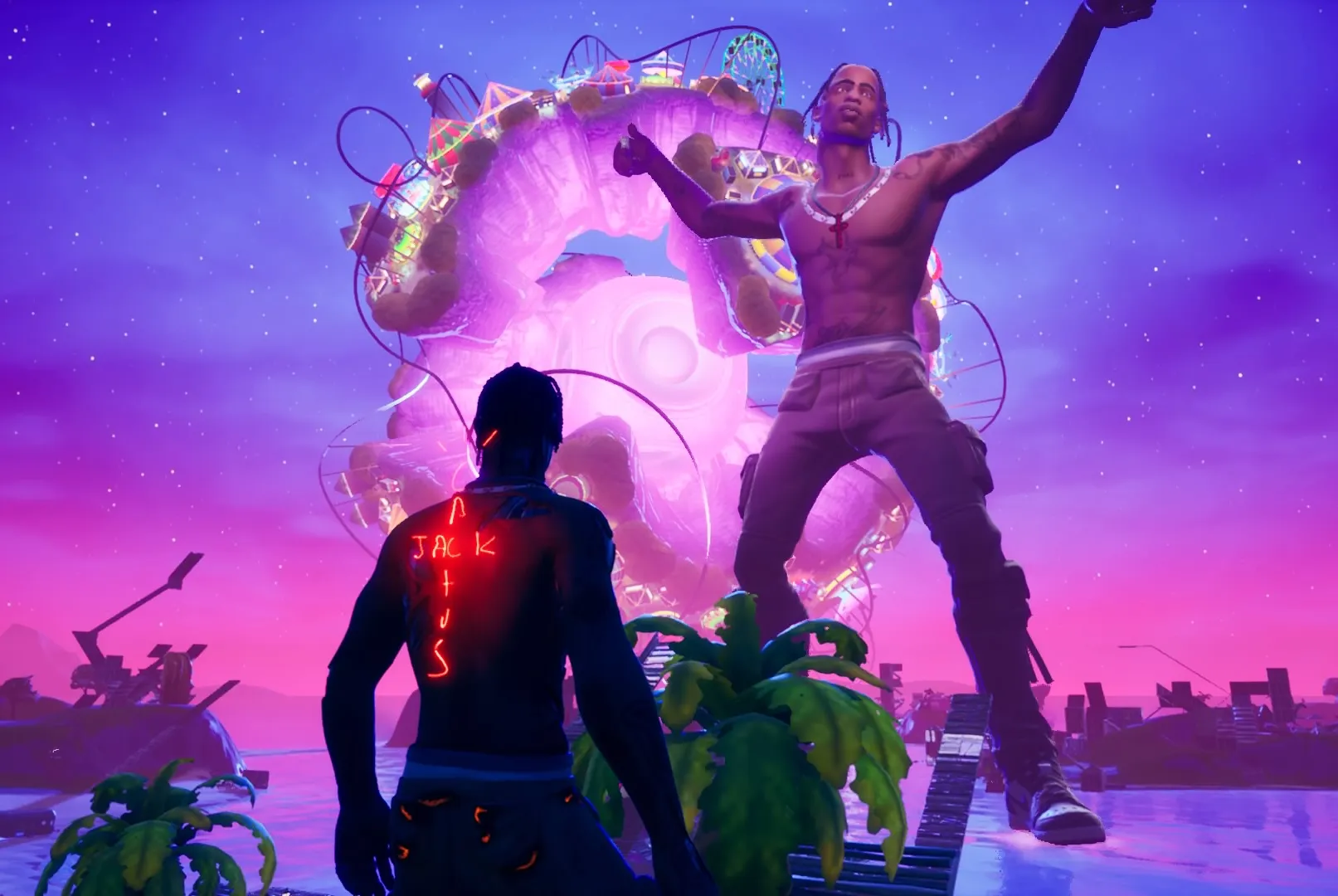
Modern video games extend beyond being gaming platforms since they have evolved into gigantic digital domains. The music industry discovered new success through metaverse concerts when Fortnite, Roblox, and Minecraft platforms started hosting live performances.
So, what exactly are virtual concerts in games? Your game avatar allows you to participate with millions of other players in a realistic animated concert experience instead of experiencing the everyday struggles of going to concerts, such as crowds and poor stage viewing. Digital artists present themselves through stylized digital forms, which appear larger than in real life as the game environment continuously transforms around them. The performance of fireworks, together with gravity-defying settings and synchronized dance moves, results in an entirely immersive musical engagement.
The 2020 Fortnite concert featuring Travis Scott serves as an excellent illustration. The concert attracted more than 12 million people to watch it live, while additional viewership came from video replays and subsequent uploads. Multiple Roblox music events, since Twenty One Pilots and Ava Max headline appearances have brought continuous success by combining fan questions with staged mini-games and customized performer interactions with live musical performances.
Why Artists and Fans Love It
What drives musicians to eagerly perform on virtual digital platforms? The scale available here is absolute. Traditional stadiums can accommodate 50,000 spectators, yet music events run by Fortnite or Roblox enable artists to perform in front of tens of millions of people worldwide. Artist relationships thrive because of the opportunity to perform in front of technology-inclined and youthful viewers. The experience offers artists a gold mine opportunity because they can release new singles and sell exclusive merchandise, which spreads viral excitement throughout an unforgettable event.
From the audience perspective comes another aspect. Digital music events provide free or inexpensive access to audiences who experience entertainment beyond passive viewing. Through virtual environments fans can freely dance and jump while expressing themselves while moving around with their friends who might be located anywhere on the planet. Music in video games demands interaction and reaction as well as musical play while listening to it.
The appeal of this format explains why the best pop stars, rappers, and DJs choose it. The combination of effects visualizations with broad audience participation stands superior to the best possible performance venues. Such gaming and musical crossovers blend technological advancement with complete musical submersion.
The New Digital Underground: Beyond Concerts
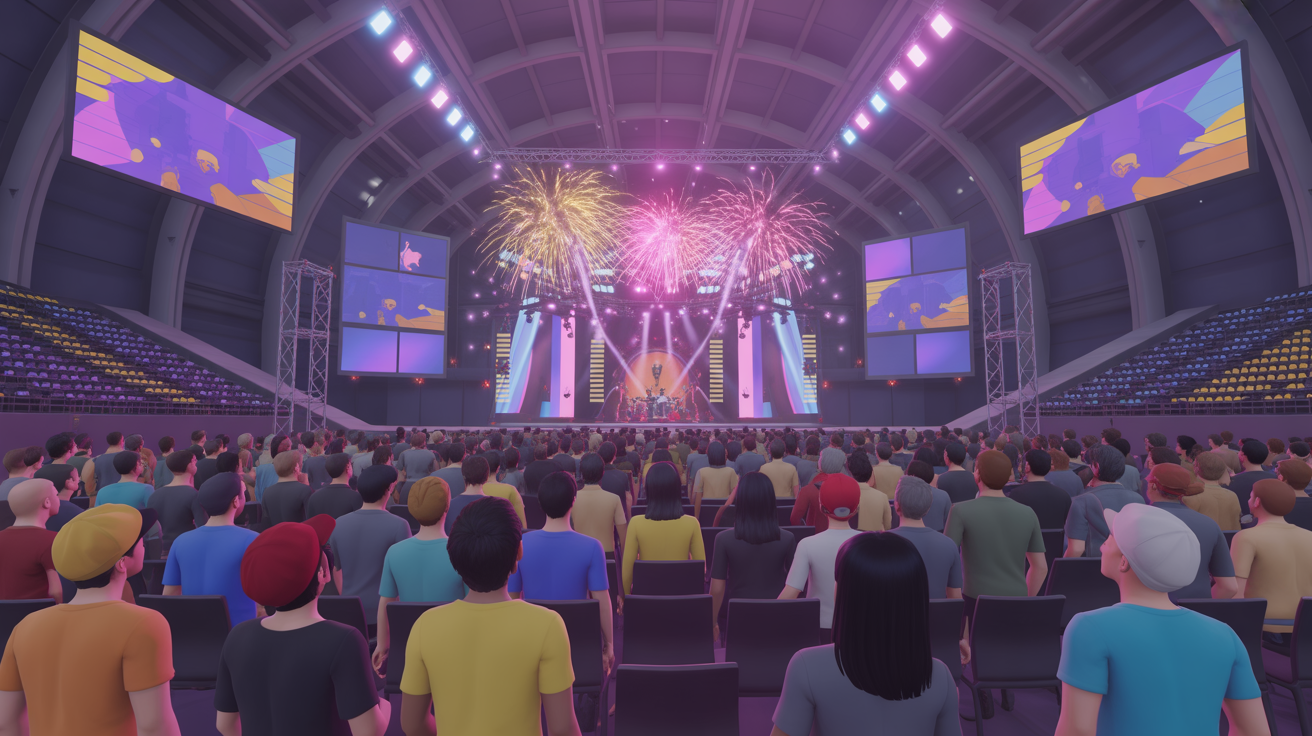
Games present a more profound synergy between music and their advertised live performances. Through their multifaceted nature games function as potent spaces for finding new music as well as making musical content. Modern game composers discover career success through their original scores and prominent musicians compete to have their music included in popular video games.
Games use song charts to deliver viral hits through their trailers and radio stations found in games such as Grand Theft Auto. The EOS platform features user-generated music among its rising trends. Minecraft allows its players to construct operational musical instruments. Players within Dreams can use the game tools to construct entire symphonic compositions.
In The Legend of Zelda the sound design consists of adaptive melodies which transform according to what the player does throughout the gameplay. The audio-visual responsiveness in video games develops an artistic dimension which traditional concerts cannot match. Video game music demonstrates its essential role because it contributes to both storytelling processes and generating player emotions.
Challenges and Future Outlook
The emergence of this new wave faces various obstacles. The process of acquiring music rights for game use remains sophisticated. The process of obtaining rights permissions may result in postponed or canceled planned performances. Recently released live sync performances are ruined by technical server hesitations that significantly affect the immersive gaming experience because timing precision is vital during real-time musical events. The format must adapt to avoid customer staleness from presenting the same performance each week. Still, the future of music in gaming looks promising. More artists performing in video game tours means that companies are investing in dedicated metaverse concert platforms. Facebook’s transformation into Meta is a clear sign of how seriously this new digital frontier is being taken. Even unexpected industries are jumping in. For example, some online casinos have started integrating live DJ sets into their platforms. Just as online casinos entice new users with casino welcome bonuses, games are now offering exclusive content or in-game items to attract music lovers. It’s all about creating value-packed experiences that feel fresh and rewarding.
Conclusion
The practice of artists playing within video games once appeared limited yet it has developed into a major trend throughout general entertainment. Gaming entertainment has crossed the point of blurring with music so they have evolved into a unified digital experience. Music technology has given rise to interactive music experiences leading the way for complete digital concerts as a part of emerging cultural systems.
The beginning of this trend marks only the start of what could be more to come. Modern technology will deliver live hologram performances that people can watch in their home entertainment spaces or experience augmented reality shows that display on tables. Production of music within gaming will continue evolving into exciting new directions because recent developments indicate that intense creativity and originality are on the horizon.
Whenever your favorite game unveils enigmatic event promotional content, make sure your hearing remains active. Future entertainment events may appear within video games and require no departure from your seat.


